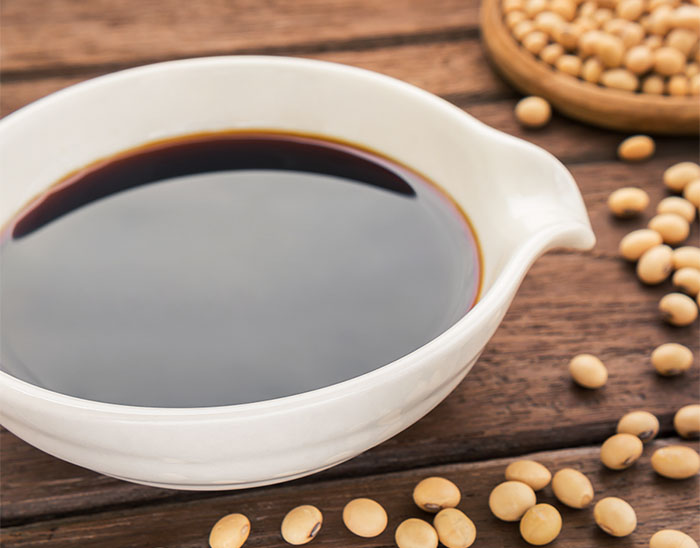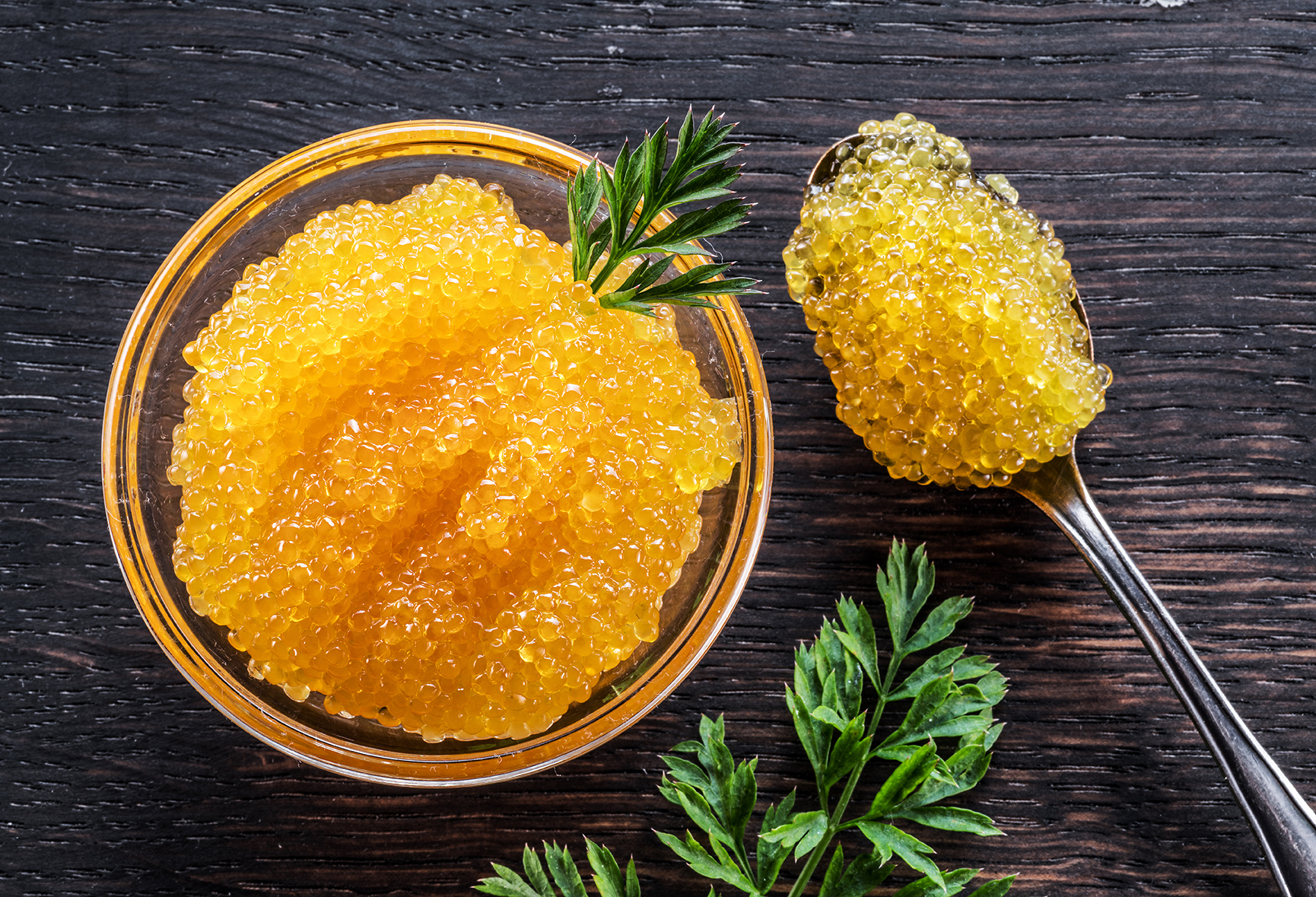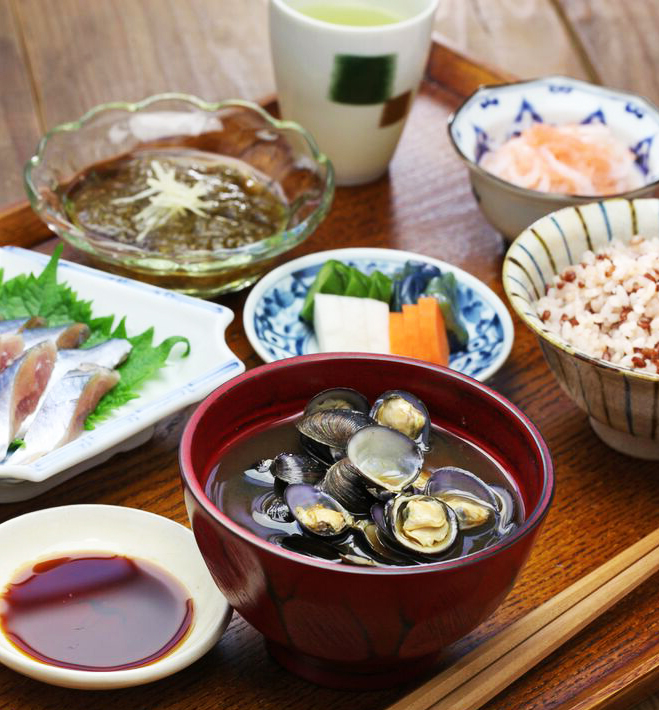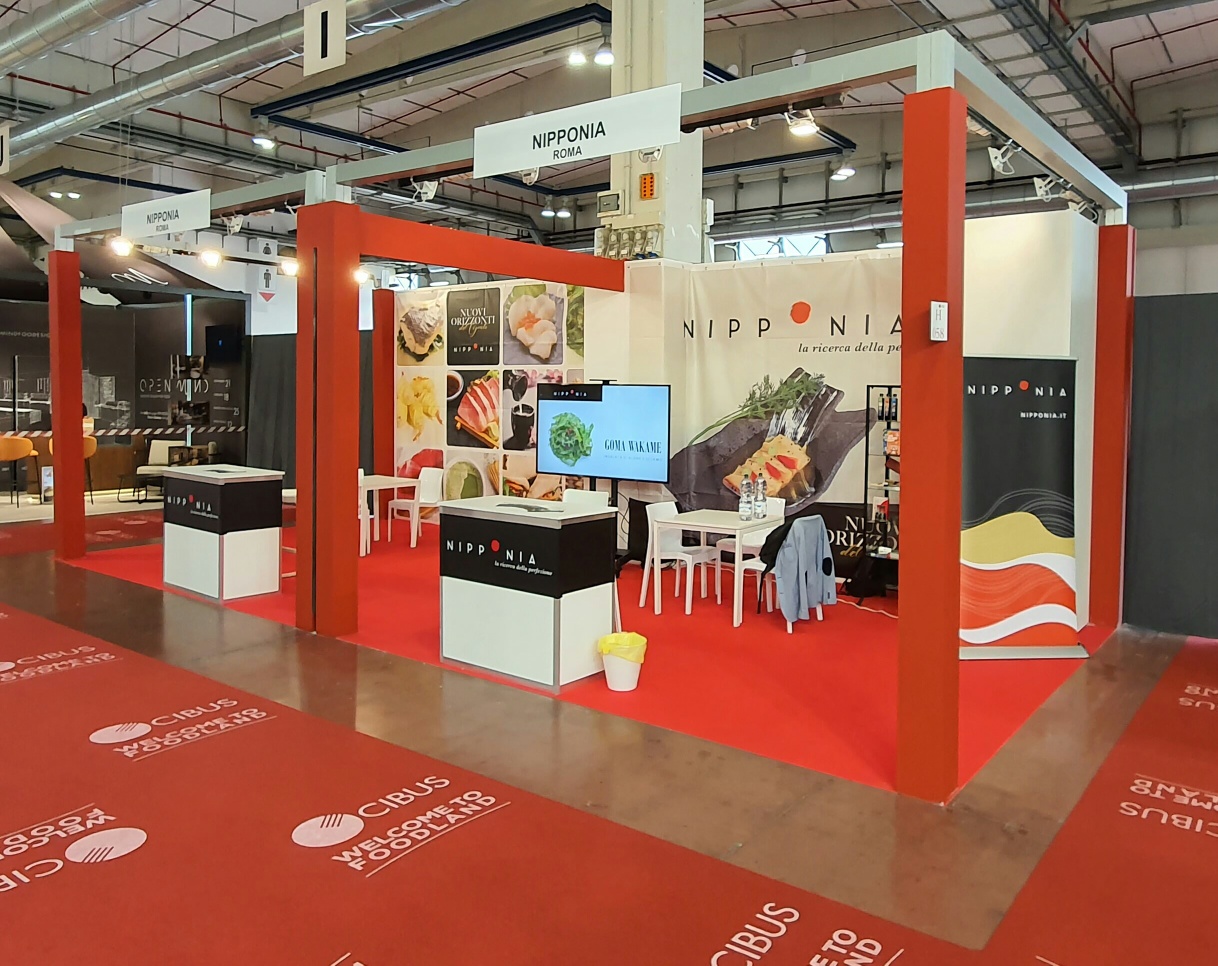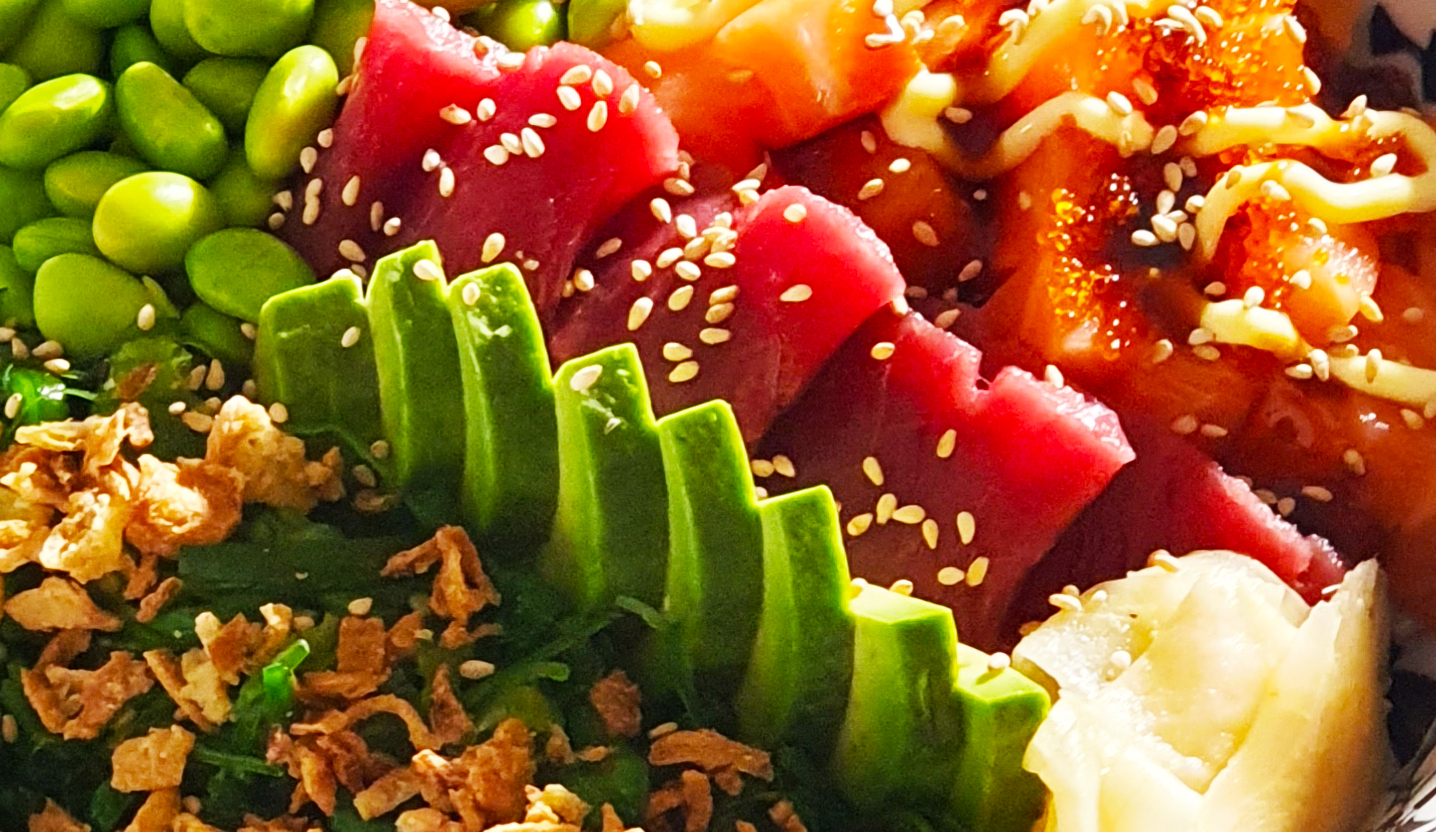Japanese soy sauce
After so many reviews and blogs on Japanese products, it is time to delve into one of the most important ingredients in Japanese cuisine, shoyu or soy sauce. I have written briefly about soy sauce, but I feel now that it is time to go deeper. Please note, here we will deal exclusively with the topic of
Japanese soy sauce
.
Soy sauce is also produced and used by other Asian cultures, where the processes and ingredients may be different. So let’s dive into the world of Japanese soy sauce.
Watch the video
HERE
What does soy sauce look like?
Like the
miso
(soybean paste), soy sauce is a fermented food. The kanji characters for soy sauce or shoyu means “fermented food oil”-so in Japanese and Chinese there is no word “soy” in the name.
In the past, many foods were salted and left to ferment to extend their shelf life and increase their flavor. For example, the ancient Romans liked a sauce called garum, a strong-tasting condiment made from fermented fish, similar to the fish sauces essential to Southeast Asian cuisines.
Generally, soy sauce is made from a mixture of soybeans, wheat, water, salt and yeast. Some types also include fermented rice (kome Koji) or amazake for sweetening. Wheat and/or rice are needed to feed the yeast in the fermentation process.
Traditional soy sauce
Soy sauce is traditional is made with a few simple ingredients: soybeans, wheat, pure spring water, salt, and koji, a mold responsible for fermenting the mixture of all these elements, called moromi.
Ingredients play a key role in the quality of shoyu, but the environment and large wooden vats impregnated with umami are also critical to the production of authentic traditional soy sauce.
The average fermentation time for a good traditional Japanese soybean produced by natural fermentation ranges from 4 to 6 months. The small amount of salt never allows a traditional Japanese soy sauce, to have a shelf life of more than 12 months from the date of production.
The industrial soy sauce
Industrial soy sauces are made from defatted soybean residue (soybeans from which the oil has been extracted), which makes the process fast and inexpensive. The industrial production method is highly effective and generates a soybean perfect for supermarkets: standard flavor, 24-month shelf life, low price. If speed means profitability, it would be impossible for an industrial producer to make a profit with the natural fermentation times of koji.
Fermentation in large steel silos of defatted soybeans occurs in extremely shorter times, in part because of chemical starters that are much more effective than koji. An industrial soy sauce is ready in as little as 3 weeks compared to 4-6 months for traditionally produced soy sauce.
Industrial soy sauces in some cases need the addition of additives or alcohol, to further extend shelf life, or sweeteners to counteract the saltiness of the product and achieve a sweeter flavor. So if you are looking for as natural a soy sauce as possible, avoid the industrial ones.
The process in principle is similar, but the result is extremely different. Ingredients are of substantial importance in the production process to achieve a natural soy sauce. Neapolitans know how unique Naples coffee is compared to coffee brewed anywhere else in the world. The same happens between soy sauces made in Japan and those made in Europe or the US. It changes water, soybean quality, humidity, etc.
Types of soy sauce
There are 5 main types of soy sauce (shoyu). The type of sauce most commonly used depends largely on the territorial origins of those who use it, as flavors and production methods can change from prefecture to prefecture.
Koikuchi
By far the most popular type is soy sauce
Koikuchi
. Koikuchi literally means ‘dark mouth’. This is the quintessential soy sauce seen for sale in Japanese grocery stores around the world, and since it is the ‘standard’ for many people, it is not always labeled as koikuchi. Koikuchi soy sauce is usually made with equal parts soy and wheat, as well as salt and yeast.
Sales of koikuchi soy sauce account for more than 80 percent of the Japanese market, according to the Soy Sauce Information Center. (Soyic -only Japanese site). It is the typical soy sauce in the Kanto/Tokyo area and northern Japan.
Usukuchi
This sauce has a lighter color, and is used in cooking dishes so as not to darken them; used mainly in western Japan, namely the Kansai region (Kyoto/Osaka), it has about 15 percent of the soy sauce market share.
In traditional Kyo-ryori (Kyoto cuisine), it finds its origins in the refined cuisine of the imperial court. Dark koikuchi soy sauce is considered downgraded and ruins the flavor and appearance of food when cooked because it is too dark.
However, do not believe that because it is lighter in color then it is less salty. In contrast, usukuchi soy sauce is saltier than koikuchi! 18-19% of its volume is salt, compared to about 16% for koikuchi. In recipes that call for usukuchi soy sauce this should be considered.
Usukuchi is also made with soy and wheat, and is often supplemented with the addition of fermented rice (Kome Koji), wheat gluten or amazake.
Tamari
Another type of soy sauce that has become popular in the West is the
Tamari
– which means “residue.”
Produced with a higher percentage of soy and a lower proportion of wheat, it is a “thicker,” denser, almost viscous soy sauce. It originated in the Chuubu region (central Japan; the main city in the area is Nagoya).
It is mainly used as a dipping sauce for sashimi, because its more intense flavor enhances the flavor of raw fish, shellfish and mollusks. To season some recipes and attribute a reddish brownish color, such as for Teriyaki recipes.
Tamari has become popular in the West because it has a reputation for being made without wheat and therefore gluten-free. But this is not always true, especially if it is a traditional tamari. If you must stay away from any kind of grain, it is best to check the label well: Tamari made with 100% soy exists, but it is not the rule!
It would be best to look for Marudaizu sauces, which are made exclusively from ungreased soybeans. Again, there is no guarantee that gluten is not present unless specifically stated on the label.
(* Note on gluten intolerance and soy sauce. Much of the wheat gluten is consumed by yeast during long fermentation. I have looked at the blogs of many Japanese celiacs, and they all say not to worry about consuming small amounts of soy sauce. But of course, each case is personal and may vary. There are specific gluten-free soy sauces that are safer for severe intolerances.
Shiro shoyu
And then there is the
Shiro
or white shoyu that originates in Aichi prefecture.
It is an even lighter-colored sauce than shoyu usukuchi – it has a color very similar to broth Dashi, and has become quite fashionable, used by the most renowned international chefs, not only in Japanese cuisine, to add a bit of soy sauce flavor to dishes, but without dyeing the original color of the most prized foods.
Low-salt soy sauce
Soy sauce with reduced or low sodium (salt) content, called
Genen
or Teien is koikuchi soy sauce that has had its salt content mechanically reduced. The range of sodium salt content is 9 to 13 percent. (Do not confuse usukuchi (clear) with low-sodium soy sauce, as mentioned above)
Nama shoyu
Nama shoyu, unpasteurized soy sauce-is the closest soy sauce to the original recipe. It is a soy sauce that is not heated to kill any microorganisms, good or bad but is microfiltered. The disinfectant effect is the same but the flavor remains intact and original.
Fans of natural foods prefer it because it is “raw” and keeps the range of flavors intact. Artisanal soy sauce, made by skilled artisans, keep the centuries-old recipe intact
Quality grades of soy sauce
Soy sauce is classified into various quality grades by both the Ministry of Agriculture Fisheries and Forestry (JAS) and an industry association called the Japanese Soy Sauce Association.
There are 3 official government grades: “Special Grade” (tokkyuu), “First Grade” (ikkyuu) and “Standard Grade” (hyoujun). Evaluation is based on measurement of chemical composition, especially for amino acids and alcohol content. The AGSS adds two more grades that are above the “Special Grade”: “Extra Select” (tokusen) and “Ultra-Extra Select” (choutokusen).
Soy sauce is also classified by experts according to color, aroma, roundness and other similar more subjective criteria. Like many other Japanese things, you tend to get what you pay for when it comes to soy sauce.
Other things to look for on a label might be “yuuki” which means produced without chemical fertilizers or pesticides (organic), and “
marudaizu
” meaning the soy sauce is made from the whole soybean rather than “defatted” parts.
So now my head is spinning, what soy sauce do you recommend?
If you can only afford one type of soy sauce (due to budget or space) in your kitchen, choose the best Koikuchi soy sauce, possibly original Japanese. To the big brands
Kikkoman
e
Yamasa
that produce industrially, I prefer the real original Japanese soy sauces. In fact, Kikkoman is a multinational company that has plants on 5 continents (the European one is produced in the Netherlands).
But if you like the best and your passion is cooking then I recommend at least a couple of products:
Nipponia Koikuchi shoyu
or the homemade sauce
Yuasa shoyu
. These are soy sauces still made by traditional methods, fermented in wooden barrels, with natural yeasts. Soy sauce for sashimi, “dipping” or “dipping” to best enjoy the finest shrimp or shellfish freshly cut by our trusted sushichef. The expiration date is rather short, only 12 months from production, because the amount of salt is moderate, lower compared to “supermarket” sauces with expiration dates of more than 2 years.
A good soy sauce is the sushiman’s best ally, because it amplifies and complements the flavor of the already excellent sushi.
If you use soy sauce for cooking I recommend Usukuchi or Shiro, which will keep the color of vegetables and fish natural and bright at all times, without darkening them.
But is soy sauce a health food?
In my opinion, anything with such high levels of sodium can never really be a “health” food. It is a seasoning and flavoring, something to be used in small quantities. Soy sauce is to the Japanese table as the salt shaker is to the Italian table. Moderation is a must: dipping the fish slice in the sauce allows the fish to be seasoned by giving aroma and flavor, while dipping the rice in the soy sauce definitely hurts.
To avoid the dangerous sponge effect that would cause you to assimilate an exaggerated amount of salt, with dangerous effects on your blood pressure, turn the sushi (even with your fingers if necessary) and dip only the fish slice, never the rice.
What is the best soy sauce?
In my humble opinion, Premium Tamari shoyu is the REAL soy sauce, light years away from the industrial products of the most famous corporations.
I hope I have answered all your questions about soy sauce! If not, let me know in the comments.
